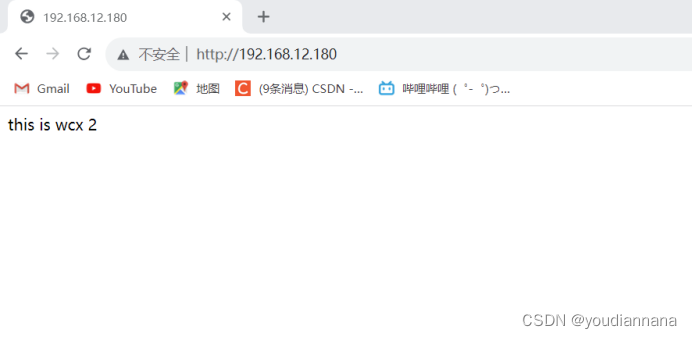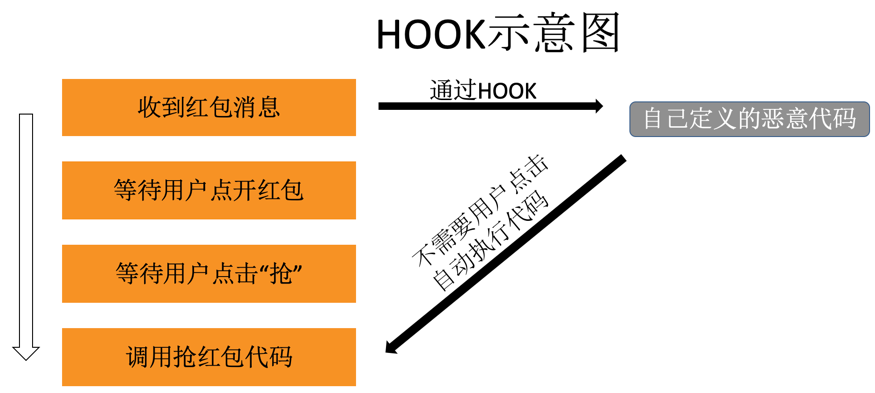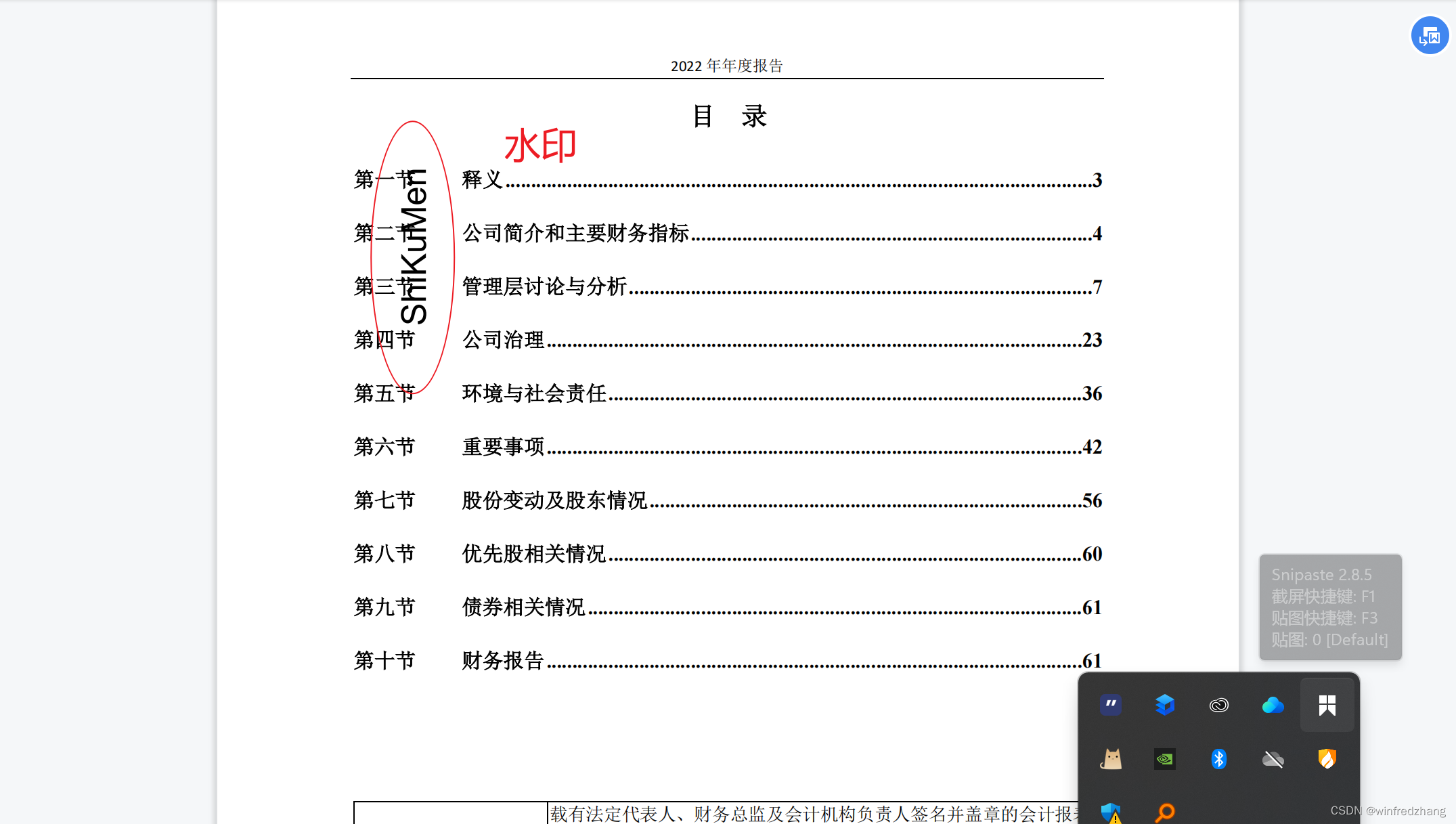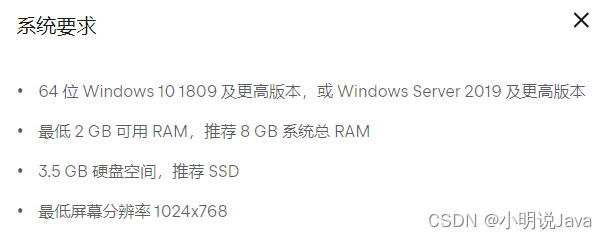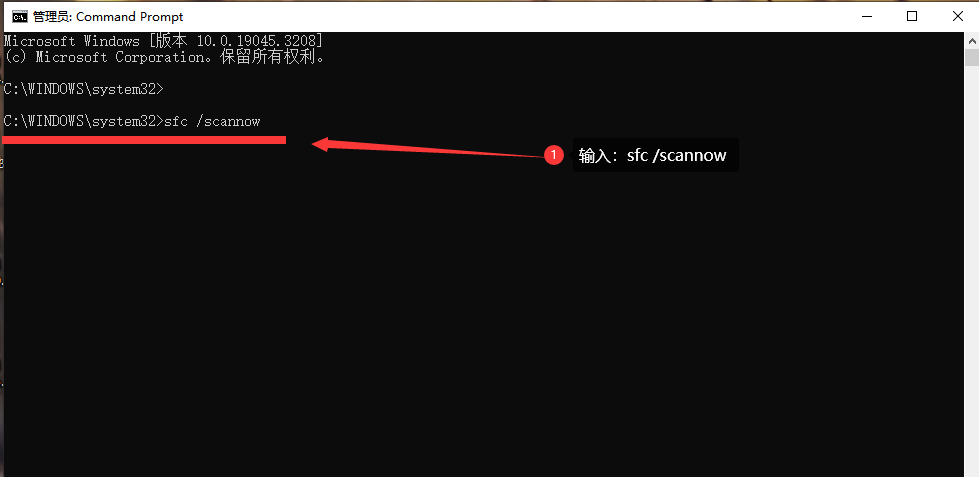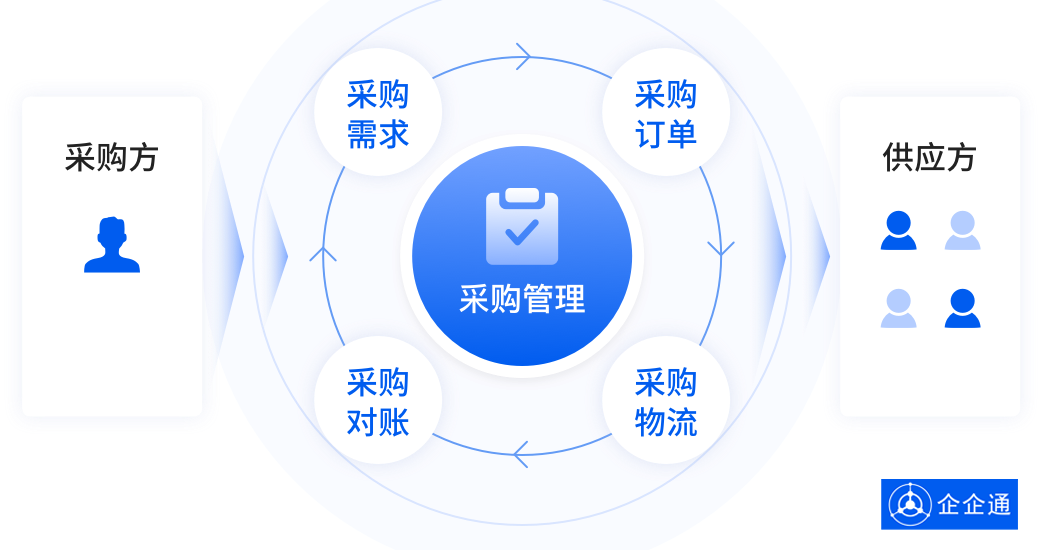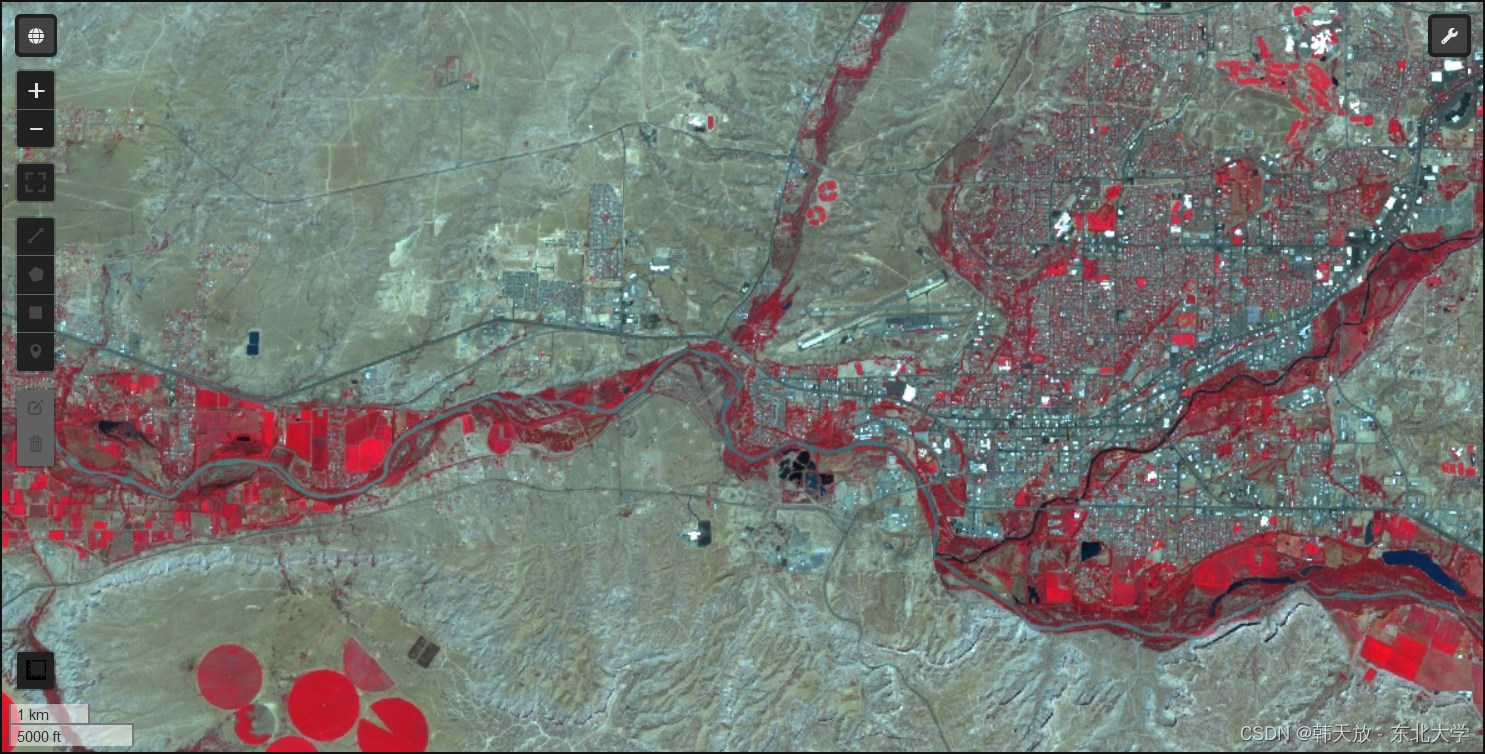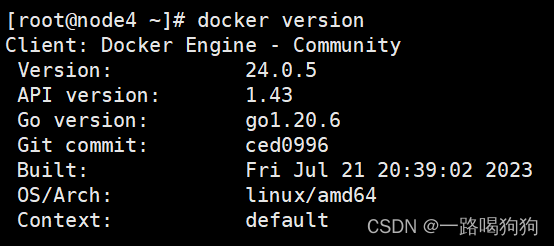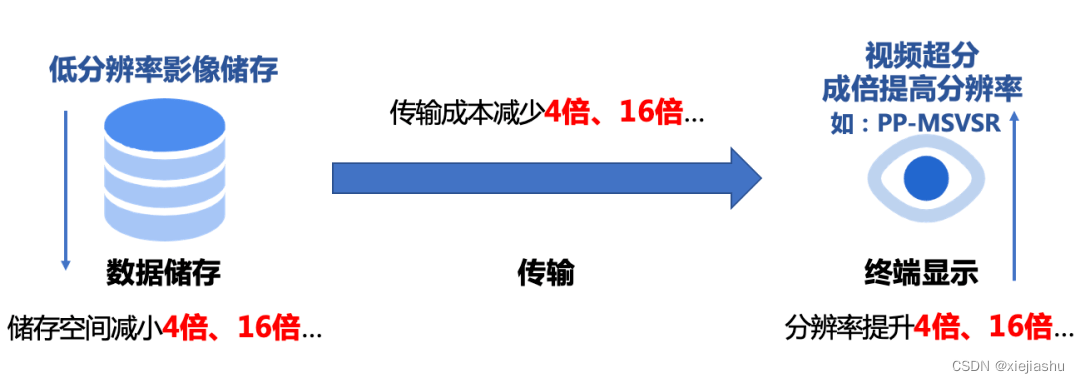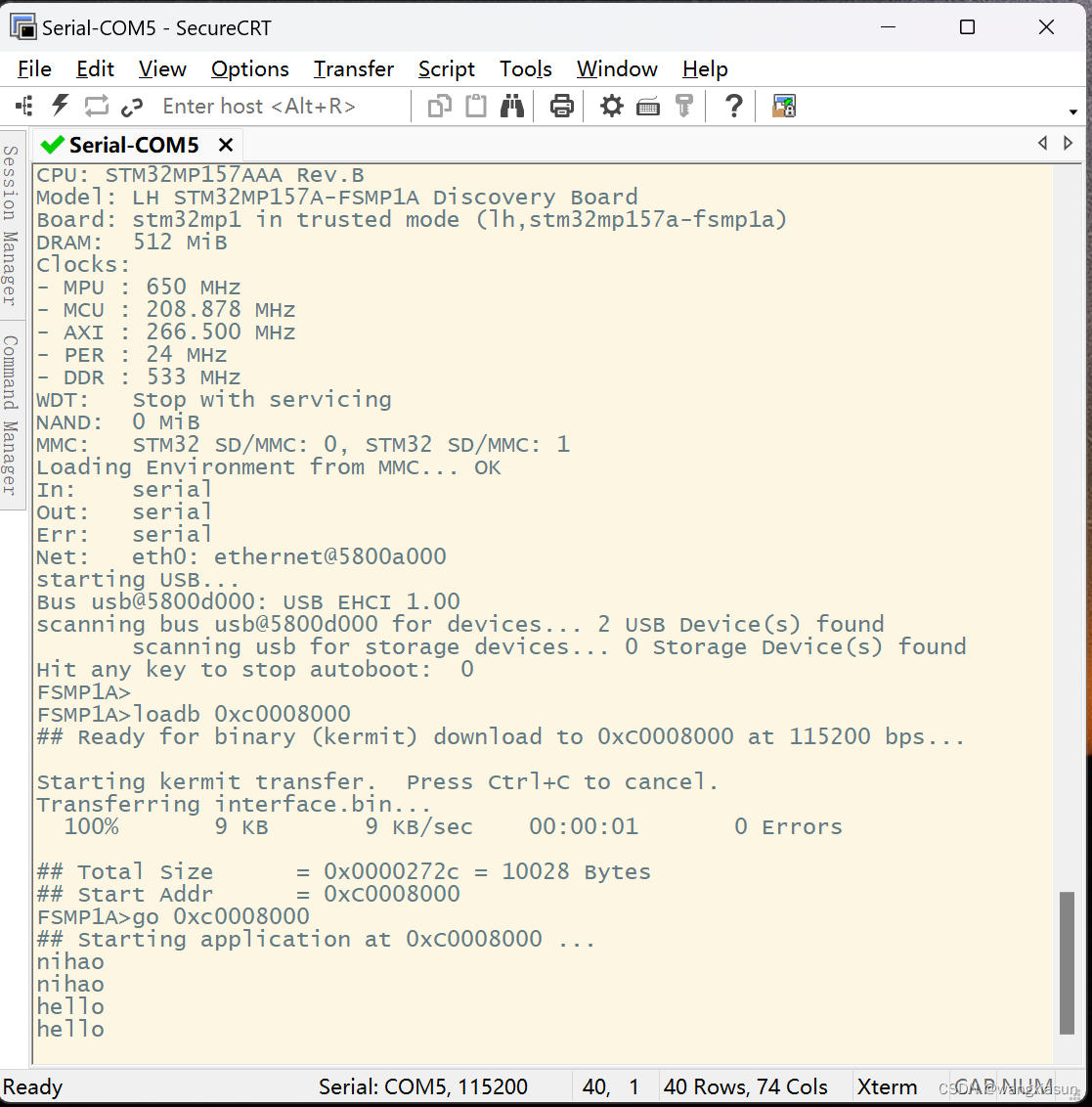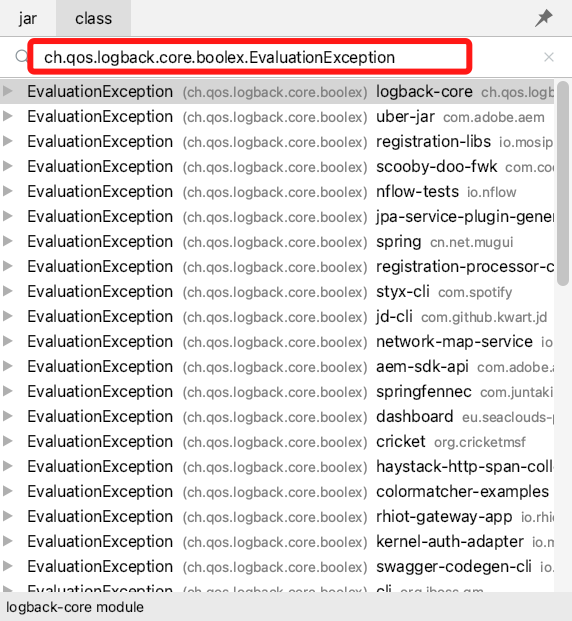目录
背景
环境测试
入门示例
背景
TensorFlow 是一个强大的开源框架,用于实现深度学习和人工智能模型。它最初由 Google 开发,现在已经成为广泛使用的机器学习框架之一。
TensorFlow 简单来说就是一个用于创建和运行机器学习模型的库。它的核心概念是张量(Tensor)。张量是一个多维数组,可以是向量、矩阵、数组等,是 TensorFlow 中最基本的数据结构。
TensorFlow 的使用场景非常广泛,尤其是在图像识别、语音识别、自然语言处理等领域。例如,可以使用 TensorFlow 建立一个图像识别模型,通过训练数据集让模型自动对图片进行分类,从而实现图像自动识别。
除了机器学习之外,TensorFlow 还可用于计算科学的高性能计算和数值计算等领域。同时,它还可以在 CPU、GPU 和 TPU 等各种硬件上运行,因此可适用于各种应用场合。
环境测试
Here's a simple "Hello, World!" program written in TensorFlow:
import tensorflow as tf
# The Session graph is empty. Add operations to the graph before calling run().
tf.compat.v1.disable_eager_execution()
# Define the constant tensor
hello = tf.constant('Hello, TensorFlow!')# Create a session to run the computation graph
with tf.compat.v1.Session() as sess:# Run the session and print the tensorprint(sess.run(hello))This program defines a constant tensor that contains the string "Hello, TensorFlow!". It then creates a session to run the computation graph and prints the result of running the `hello` tensor. When you run this program, you should see the output:

The `b` prefix indicates that the output is a byte string, which is how TensorFlow represents string tensors.
入门示例
以下是一个简单的 TensorFlow 示例,用于预测房价:
import tensorflow as tf
import numpy as np# 定义训练数据
x_train = np.array([1, 2, 3, 4], dtype=float)
y_train = np.array([100, 150, 200, 250], dtype=float)# 定义模型架构
model = tf.keras.Sequential([tf.keras.layers.Dense(units=1, input_shape=[1])
])# 编译模型
model.compile(optimizer=tf.keras.optimizers.Adam(1), loss='mean_squared_error')# 训练模型
model.fit(x_train, y_train, epochs=1000)# 预测房价
x_test = [5]
y_pred = model.predict(x_test)print("房价预测值:", y_pred[0][0])该模型使用 Keras API 构建了一个单层神经网络模型。模型输入为一个数值特征(房屋面积),输出为房价预测值。模型训练时使用 Adam 优化器和均方误差损失函数。通过 fit 方法对模型进行训练并预测新的房屋面积对应的房价。
运行结果:
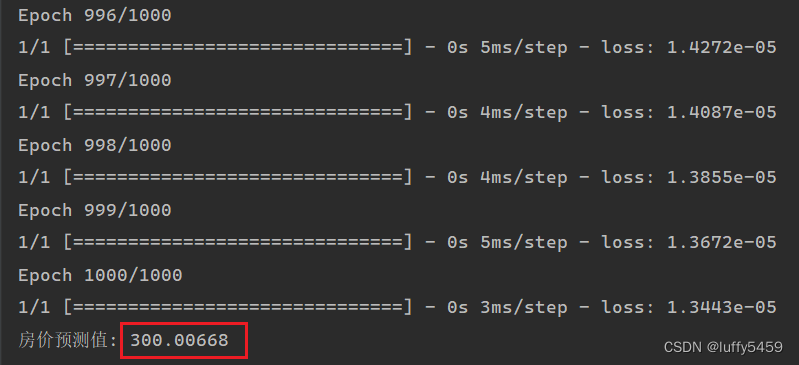
从给出的数据示例看,这个房价关系类似一个y = 50x + 50的直线,所以最后的结果如果是输入5,那么y = 300。
这篇文章是通过ai创作助手生成,文字和大部分代码都是自动生成的,改动了一处代码,就是tensorflow.Session()获取这里,因为本机版本tensorflow2,所以出现Session初始化出错,修改如下方式就可以了:
tf.compat.v1.disable_eager_execution()
with tf.compat.v1.Session() as sess:
代码连注释都有了,还是很给力的。

